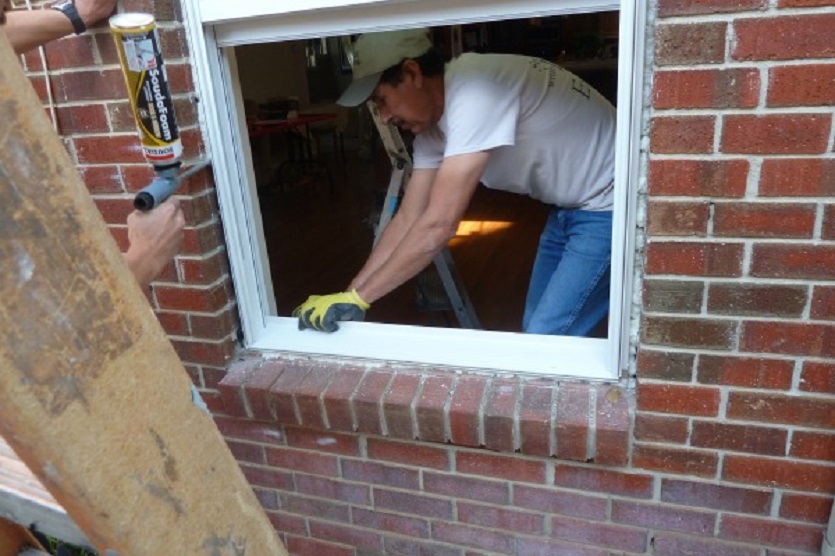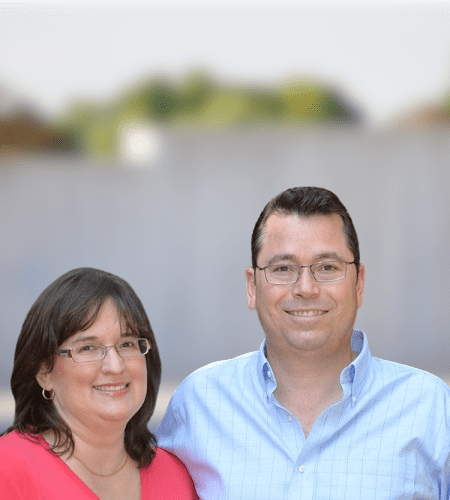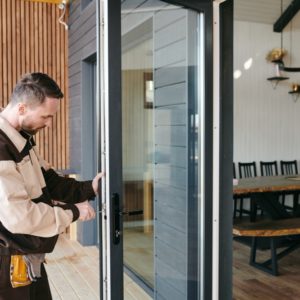Any New Savannah Replacement Window Is Better Than What I Have–Part III
Table of Contents
Toggle
When it comes to purchasing new Savannah replacement windows for your home is your presupposition “anything is better that what I have?” Please be honest. Don’t feel bad; as we have mentioned in previous posts, this is a prevalent, albeit fairly jeopardous, way of thinking. After all, you’ve been living with those drafty, energy inefficient home windows for a while now right? Today we’re going to deal with a topic that has literally fed the “bargain basement” (at least from an ADVERTISED standpoint) window dealer market in the Savannah area. The topic is “low e.”
“Our product has low e and is only $172, there’s has low e and it’s __________ (any higher price). Which one are you going to buy?” Many of our competitors have asked that question over and over again. As a matter of fact, you may have already heard it. And, on the surface, it’s a pretty easy answer, right? If my spouse sends me to get a bag of sugar on the way home, and doesn’t specify a brand, I’m probably going to choose based on one thing; price. I know I’m not planning on putting sugar on my new Savannah replacement windows, but it’s because I, personally, look at sugar as a commodity, and the purchase of commodities are typically driven by price.
The difference in low e and sugar is immense, and I’m obviously not just talking usage or physical characteristics, but “commoditizing” low e can lead to a colossal waste of money, no matter what the cost of your new Savannah replacement windows. In many cases, the low e product on many of the so-called “economical” vinyl windows will block no more than 5-7% more of the heat and cold transfer than the current glass that you already have. Is that the type of energy savings that you are going to invest your money in?
The major differences lie in how the idea of what low e is supposed to do has evolved; not only with time, but also as window glass manufacturers have created more climate specific products. The original idea with low e was more about reducing absorption of heat. For example, light concrete or asphalt doesn’t get as hot in the summer as dark. Over the last few years, a small group of glass manufacturers have been looking at low e in a whole new “light,” especially in more of the southern climates like here in the Savannah area.
If you go out in the summer in short sleeves and your arm gets warm in direct sunlight you have experienced “radiant” heating. It’s all about heat that “radiates” from a source, most often the sun (but also your home’s furnace). The most effective way to handle radiant heat is not just to slow absorption, but to reflect it back at its source. Think about going into a mall parking lot in the summertime and seeing a lot of vehicles with something folded out in the windshield. Almost always these “shields” have a reflective look. If you’ve ever used one of these you know that your vehicle will not get nearly as hot on the inside as without one. That’s because the shield is reflecting the radiant heat back towards its source. Today’s best Savannah replacement windows use low e products that reflect up to 99% of the sun’s heat back. Think you’ll save some money, in both the summer and the winter?
Want to know more? Check out some of our Savannah replacement window reviews on Google, Kudzu, Angie’s List and BBB, and see what some of our customers say about the amazing change in not only their energy bills, but also their comfort levels after installing our climate specific, low e reflecting Savannah replacement windows.
Our Services
Blogs
Schedule a Call Today!

Holliday Home Improvements started in 2010 by Jason and Susan Holliday as a subsidiary of Holliday Services, Inc. that has been serving the Lowcountry for cleaning and property management since 1976. Our company’s primary goal is to deliver exceptional door and window replacement services to our customers.



